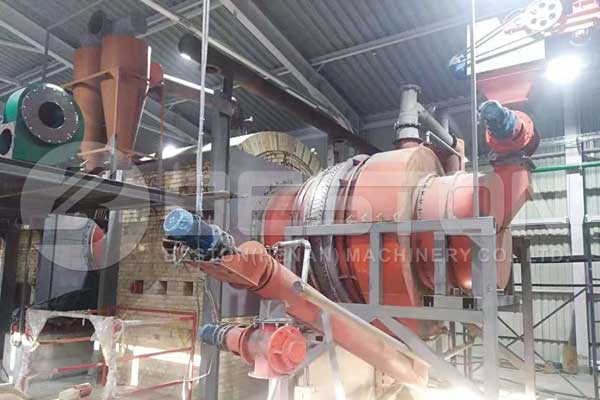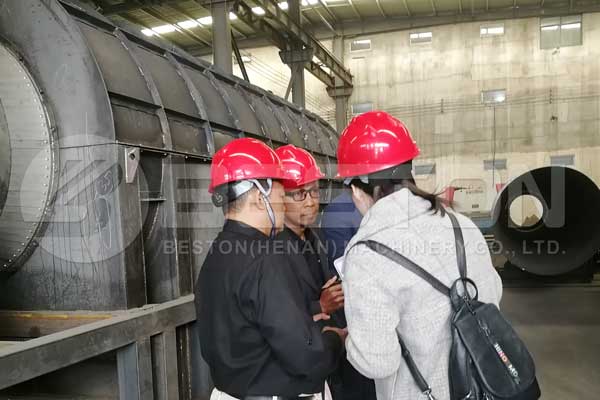Coconuts are a resource that many of today’s leading experts suggest could be infinitely sustainable. The trees are very tough and can grow in just about every region of the earth. Every continent of the earth has a bountiful supply of coconuts, except for Antarctica.
Furthermore, coconuts are an especially versatile plant product and have applications in just about every field and industry. Coconut products are used in textiles, cosmetics, industrial lubricants and of course the food industry.

Coconut Shell Carbonization Furnace
All this to say, coconut shells can be sourced in massive quantities and at the cost of carting them away as many industries are not sure what to do with the unusable coconut shells. In the following article we will explain how to make coconut shell charcoal with the support of proper equipment.
Coconut shell charcoal has value for many different reasons. For one, it is perfect for use in indoor stoves as it produces hardly any smoke and actually smells very fragrant when burned. In many countries across the south pacific, coconut shell charcoal stoves support the dietary needs of rural populations.
This high-quality charcoal is also applicable in refining gold and can be ground into fine activated charcoal which has used in sanitation, purification and the production of explosives. In many regions, the process of transforming raw coconut shells into high-quality charcoal is done in a simple 50-gallon-barrel carbonization furnace. But, for processing high-quantities of coconut shells, a large and coconut shell charcoal briquettes making machine is required.

Continuous Coconut Shell Carbonizing Machine for Sale
In a Carbonization furnace, bio-waste can be converted to charcoal through high-temperature pyrolysis. Bio-mass can actually be a great number of waste materials that are byproducts of industrial projects and urban populations. This offers a terrific way to turn economic problems, like the vast quantities of bio-waste being produced by human civilizations, into something useful and profitable.
The Pyrolysis Process in a Modern Charcoal Shell Carbonization Furnace
In order to transform the coconut shell into coconut shell charcoal or activated carbon, it must undergo the pyrolysis process in a carbonization furnace. This involves heating the biomass to very high temperatures in a zero-oxygen environment, essentially, burning the coconut shells without the oxygen present. This leads to a unique chemical transformation called pyrolysis.
In a modern biomass pyrolysis plant this is completed in a multi-step process. This involves increasing the carbon value of the biomass through a process called coking, which can take up to 24 hours to coke about 1.5 tons of biomass in a single furnace. After this, the product goes through the charring process which removes hydrogen and oxygen from the biomass before it goes to the final carbonization phase.
In the end, this capital investment turns an abundant natural resource into a highly useful product. If you want to learn more details, you can contact Beston Group of China now.